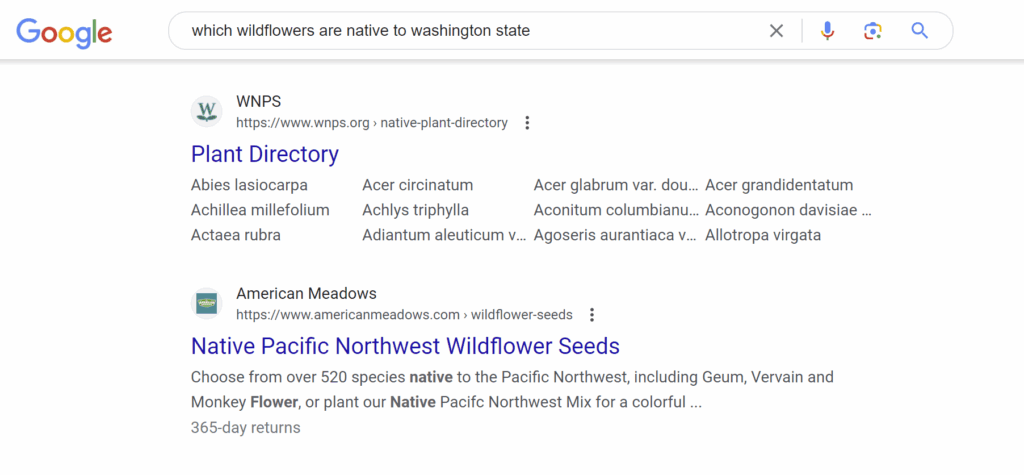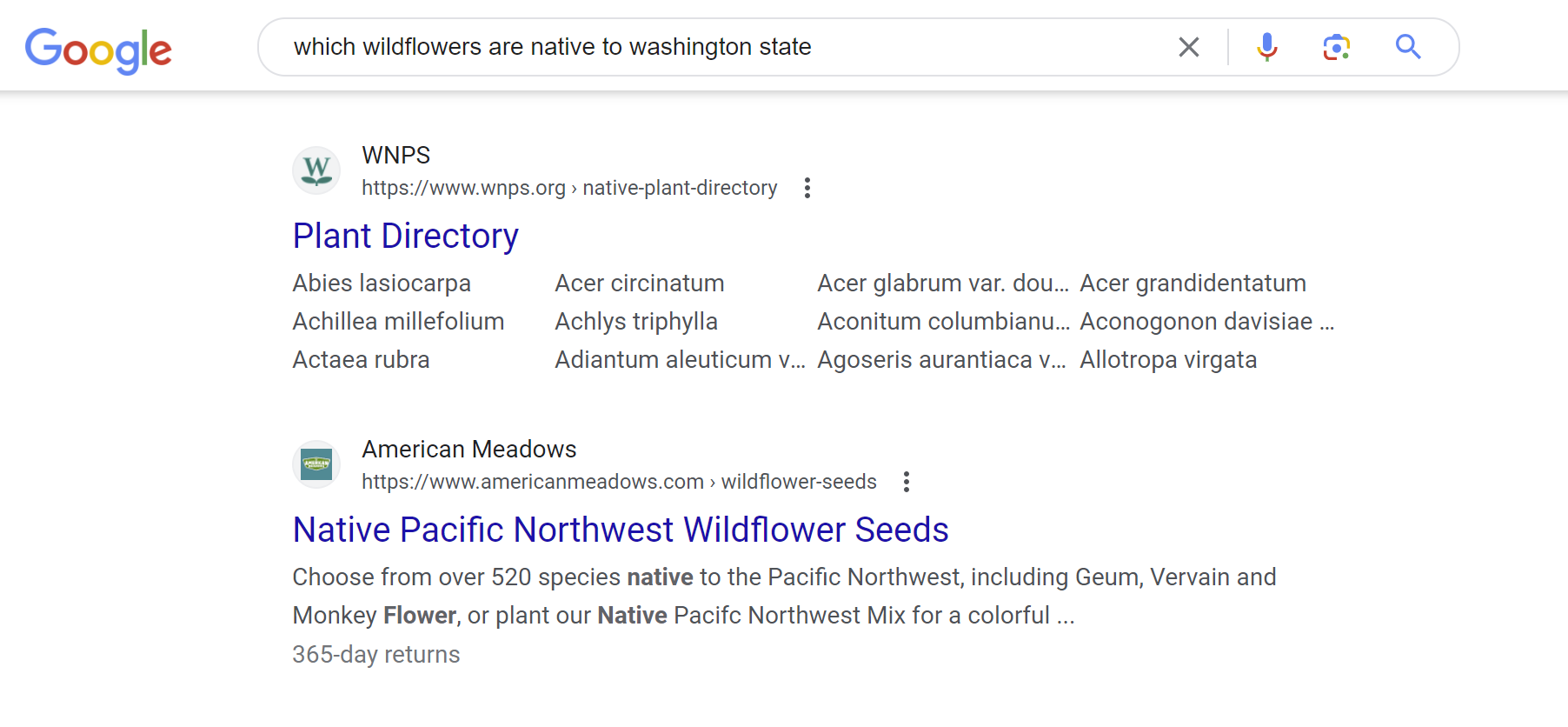
Mastering Moz Meta Descriptions: A Comprehensive Guide for SEO Success
In the dynamic world of Search Engine Optimization (SEO), even the smallest details can have a significant impact on your website’s performance. One such detail, often overlooked but incredibly powerful, is the meta description. This short snippet of text, displayed beneath your page title in search engine results, serves as a crucial first impression for potential visitors. When it comes to crafting effective meta descriptions, Moz, a leading SEO software company, offers valuable insights and tools to help you optimize them for maximum impact. This guide will delve into the intricacies of Moz meta descriptions, providing a comprehensive overview of what they are, why they matter, and how to create compelling ones that drive traffic to your site.
What is a Meta Description?
A meta description is an HTML attribute that provides a brief summary of a webpage’s content. It’s typically displayed on search engine results pages (SERPs) beneath the page title and URL. While meta descriptions don’t directly influence search engine rankings, they play a vital role in attracting clicks from users searching for relevant information. Think of it as your website’s elevator pitch – a concise and persuasive message designed to entice users to learn more.
Why are Meta Descriptions Important?
Although meta descriptions aren’t a direct ranking factor, their importance stems from their influence on click-through rates (CTR). A well-crafted meta description can significantly increase the likelihood of users clicking on your search result, leading to more traffic and potential conversions. Here’s why they matter:
- Improved Click-Through Rate (CTR): A compelling meta description acts as an advertisement for your webpage, persuading users that your content is the most relevant and valuable option for their query.
- Enhanced User Experience: By providing a clear and concise summary of your page’s content, meta descriptions help users quickly understand what to expect, leading to a better overall user experience.
- Branding Opportunity: Meta descriptions offer a chance to reinforce your brand message and showcase your unique value proposition.
- Keyword Relevance: While not a direct ranking factor, including relevant keywords in your meta description can help search engines understand the context of your page and may bold those keywords in the search results, further attracting user attention.
Moz’s Perspective on Meta Descriptions
Moz emphasizes the importance of optimizing meta descriptions as part of a comprehensive SEO strategy. Their tools and resources provide valuable insights into crafting effective meta descriptions that resonate with both users and search engines. Moz highlights the following key principles:
- Clarity and Conciseness: Keep your meta descriptions clear, concise, and to the point. Avoid jargon or overly technical language.
- Relevance: Ensure your meta description accurately reflects the content of the page. Misleading descriptions can lead to frustrated users and higher bounce rates.
- Unique Value Proposition: Highlight what makes your content unique and valuable to users. Why should they choose your page over others?
- Call to Action: Include a clear call to action, such as “Learn More,” “Shop Now,” or “Get Started,” to encourage users to click.
- Optimal Length: While there’s no definitive length, aim for around 150-160 characters to ensure your meta description isn’t truncated in search results.
How to Write Effective Meta Descriptions: A Step-by-Step Guide
Creating compelling meta descriptions requires a strategic approach. Here’s a step-by-step guide to help you craft meta descriptions that drive clicks and improve your SEO performance:
Step 1: Understand Your Target Audience
Before you start writing, take the time to understand your target audience and their search intent. What are they looking for? What questions do they have? Tailor your meta descriptions to address their needs and interests.
Step 2: Identify Relevant Keywords
Research and identify the most relevant keywords for your page. Incorporate these keywords naturally into your meta description to help search engines understand the context of your content and attract users searching for those specific terms. [See also: Keyword Research Strategies]
Step 3: Summarize Your Page’s Content
Write a concise and accurate summary of your page’s content. Highlight the key topics and information covered, and make sure your meta description accurately reflects what users will find on the page.
Step 4: Craft a Compelling Message
Use persuasive language to entice users to click on your search result. Highlight the benefits of visiting your page and explain why your content is the best solution for their needs. Focus on the value you offer and how you can help them solve their problems.
Step 5: Include a Call to Action
Encourage users to take action by including a clear call to action in your meta description. Use action verbs like “Learn More,” “Shop Now,” “Get Started,” or “Download Now” to prompt them to click on your link.
Step 6: Optimize for Length
Keep your meta description within the optimal length range of 150-160 characters to ensure it’s fully displayed in search results. Use a character counter to track your progress and make sure your message isn’t truncated.
Step 7: Test and Refine
Monitor the performance of your meta descriptions and make adjustments as needed. Track your click-through rates and experiment with different variations to see what works best for your audience. [See also: A/B Testing for SEO]
Tools for Optimizing Meta Descriptions
Several tools can help you optimize your meta descriptions for maximum impact. Some popular options include:
- Moz Pro: Moz Pro offers a suite of SEO tools, including a keyword research tool, a rank tracker, and a site crawler, which can help you identify opportunities to improve your meta descriptions.
- SEMrush: SEMrush provides comprehensive SEO analytics, including keyword research, competitor analysis, and site auditing, which can help you optimize your meta descriptions for better visibility and click-through rates.
- Yoast SEO: Yoast SEO is a popular WordPress plugin that helps you optimize your website for search engines, including providing suggestions for writing effective meta descriptions.
- Google Search Console: Google Search Console provides valuable insights into your website’s performance in Google search results, including click-through rates and impressions, which can help you assess the effectiveness of your meta descriptions.
Common Mistakes to Avoid
While crafting meta descriptions might seem straightforward, there are several common mistakes to avoid:
- Duplicate Meta Descriptions: Avoid using the same meta description for multiple pages. Each page should have a unique and relevant meta description that accurately reflects its content.
- Missing Meta Descriptions: Don’t leave your meta descriptions blank. This can result in search engines generating their own snippets, which may not be as compelling or accurate as a well-crafted meta description.
- Keyword Stuffing: Avoid stuffing your meta descriptions with excessive keywords. This can make your meta descriptions sound unnatural and spammy, which can deter users from clicking.
- Misleading Information: Don’t provide misleading information in your meta descriptions. This can lead to frustrated users and higher bounce rates.
The Future of Meta Descriptions
As search engines continue to evolve, the role of meta descriptions may also change. While they may not always be displayed verbatim in search results, they remain a valuable opportunity to influence user behavior and attract clicks. By focusing on creating clear, concise, and compelling meta descriptions that accurately reflect your page’s content, you can ensure your website remains competitive in the ever-changing landscape of SEO.
Conclusion
Mastering Moz meta descriptions is an essential aspect of a successful SEO strategy. By understanding their importance, following best practices, and utilizing available tools, you can craft compelling meta descriptions that drive traffic, improve user experience, and enhance your brand visibility. Remember to focus on clarity, relevance, and a strong call to action to maximize the impact of your meta descriptions and achieve your SEO goals.

